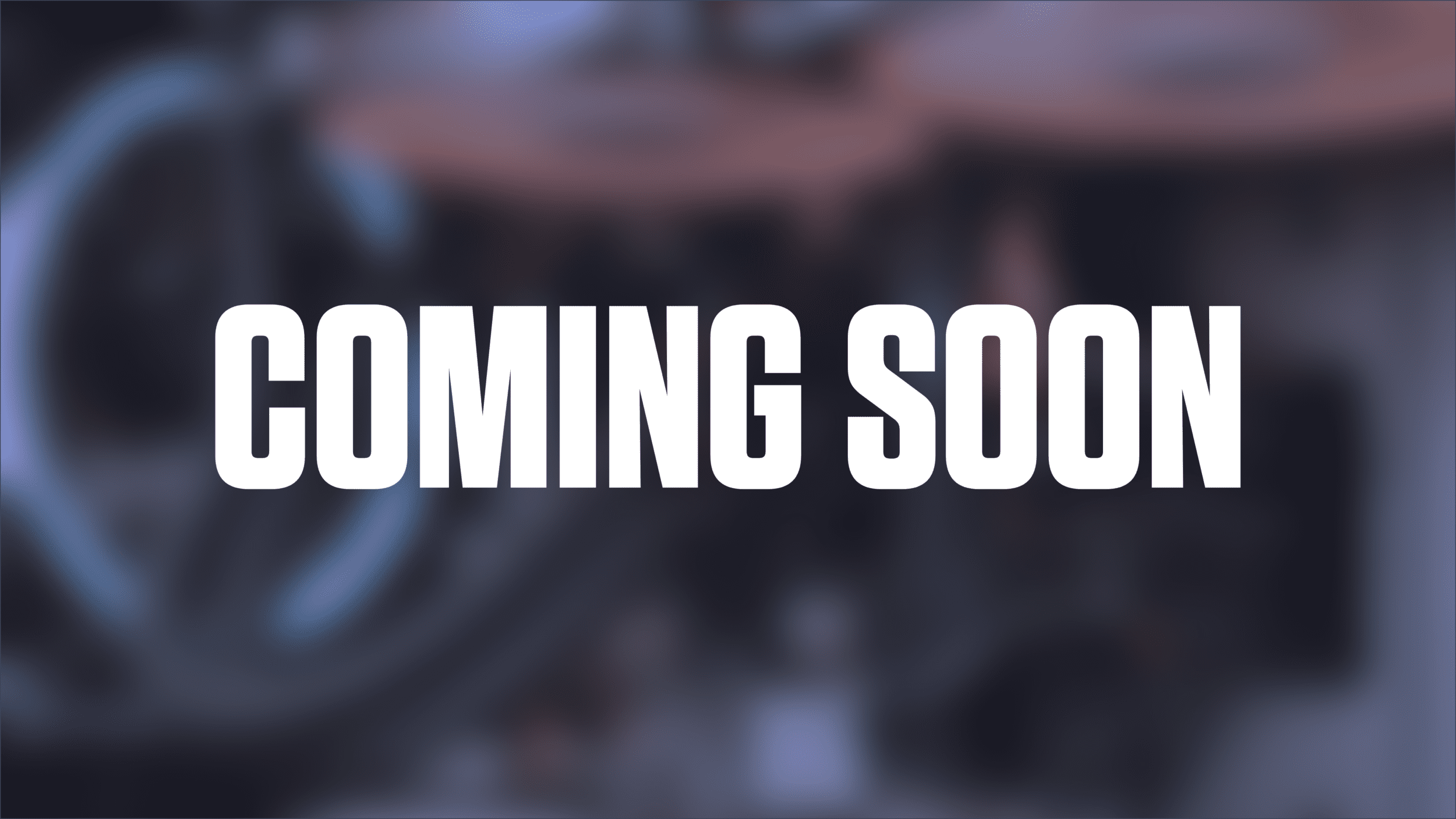The concept of open code is growing steadily popular among techie types, but it comes at a risk. While it allows for easy changes and edits, nearly anybody could make adjustments. These could range from benign mistakes to malicious threats. This is why many- particularly cryptologists- are turning to blockchain technology.
In cryptology, a blockchain is a list of records linked together. The records are called “blocks,” hence the name. Each block holds a timestamp, a “hash” of the previous block, and transaction data. This is typically a Merkle tree, but other forms can be used. It is also sometimes referred to as Distributed Ledger Technology, or DLT.
The Blockchain Background
While the blockchain is easy to understand in theory, its history is far more shrouded in mystery. It began with an essay published in 2008 by Satoshi Nakamoto titled “Bitcoin: A Peer to Peer Electronic Cash System.” Seems normal, except that Satoshi Nakamoto is a pseudonym for one or more people. The next year had the first successful Bitcoin transfer between the mysterious Nakamoto and Hal Finney. By 2012, Bitcoin (and blockchains by extension) were being reference in popular shows such as The Good Wife. But just because the concept was well-known didn’t mean everybody understood what it is.
So how exactly does a blockchain work? While everybody who has access to a blockchain can see the history of the chain, it’s remarkably difficult to modify it. Once the data is recorded, it cannot be manipulated without affecting the other blocks. This makes it resistant to tampering. It’s not impossible to mess with, but the hash in each block can be incredibly difficult to crack.
This Isn’t a Coal Mine
When a new block is created for a chain, a “miner” must use special software to find a nonce generating an acceptable hash. The software is necessary as the math for finding the nonce is incredibly complex. This is already time-consuming, but a nonce is only made up of 32 bits while a hash is 256. This leaves roughly four billion combinations. Only the “golden nonce” can be used for each individual block in a blockchain.

Furthermore, blocks are designed to only follow certain protocol. If another protocol is executed, it’s unlikely the blockchain will follow the command. Both factors make it appealing to cryptologists. After all, it’s their job to make code uncrackable- anything resistant to modification would be a boon. But other professions are beginning to integrate blockchains into their work.
Other Industries
One such project is the Ethereum Project. The basic idea behind the project is a place to use blockchains to create “a new era of Internet.” Using Ethereum, users own their data without fear of it being sold to various apps and companies. It’s a version of the internet with built-in payments. There’s no company or person in control- just a neutral playing field. Think of it as a Google Doc but for the whole web. Anybody can write code and access it from anywhere, but nobody can alter another person’s work.
Another company using blockchain tech is Factom. Located in Austin, Texas, Factom currently offers two services: Factom Harmony and dLoc. The Harmony program is an easy-to-use ledger system. It converts multiple documents into one single platform, cutting costs and audit times. For those worried about the security of documents like birth certificates or deeds, dLoc is a secure, online alternative. It uses blockchain encryption to protect your information with layers of verification and authentication, all controlled by you.

The Future of Blockchain
Interestingly, it’s also making waves in logistics. Logistics is a rapidly-growing industry that can have some devastating losses due to theft, misplaced shipments, and unneeded middlemen. Using the same public ledger technology from Factom Harmony, blockchain tech can reduce many of these issues. Since everybody has access to the document and history of the shipment, missing and stolen product can be detected earlier. Since the history cannot be altered, finding when said product vanished is also easier. This also lessens the risks of food spoilage and the need for middlemen. After all, if all the employees can see the ledger, there’s no need for a telephone-style game of information.
Blockchain technology could mean major changes to the internet. What was previously a danger to put online is now safer than in any vault (at least in theory). Lies and scams are easier to spot, making those using the web honestly the target audience. With more trustworthy people online, security increases even further. Even if it’s primarily in banking and cryptology, blockchains are modifying how we program and share information. By restricting modification.
Funny how that works.




